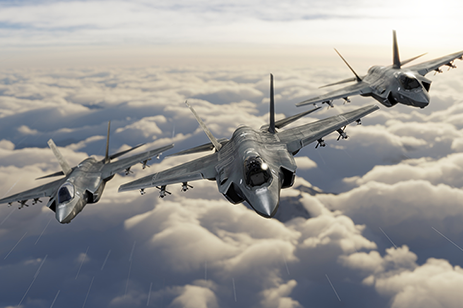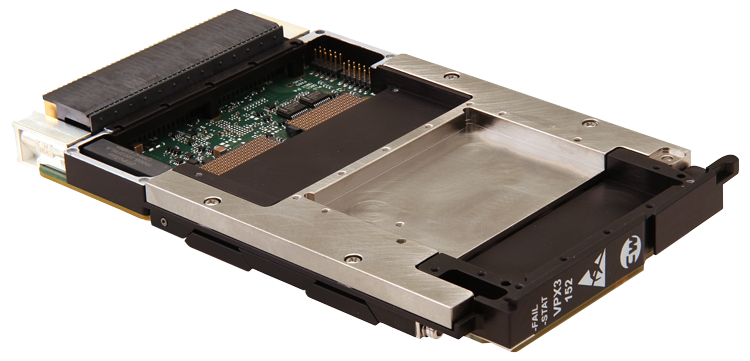
Power Architecture processing units have been a prominent part of military and aerospace computing technology for decades. They’ve been proven to maintain their reliability and performance levels in systems deployed in harsh environments in the air, on land and at sea. They boast a lengthy and dependable service history, with many Power Architecture chips deployed in a wide range of DO-254 safety-certifiable applications, both commercial and defense, often certified to the highest design assurance level (DAL).
And yet a major market shift is on the way for Power Architecture. NXP, the leading provider of Power Architecture processing units in the defense and aerospace industries, has no follow-on roadmap for future Power Architecture devices after its current QorIQ T-series. This changing landscape raises some questions for users of hardware featuring NXP Power Architecture chips, such as its quad-core T2080 processor.
What does this mean for the future of existing products? Fortunately, it’s clear that Power Architecture is far from disappearing overnight, as NXP has announced a minimum lifetime commitment of 2028 for the T2080 processor. Even that commitment doesn’t quite put an expiration date on the chip. In the past, NXP has added additional years of support past its originally announced end of life date. As well, for Curtiss-Wright customers using T2080-based single board computers, like the VPX3-152, our lifecycle management services offer customers additional support to build product way beyond the processor’s officially supported lifetime. With this extension, Curtiss-Wright customers can confidently move forward knowing their Power Architecture boards will be well supported through their program lifecycle.

VPX3-152 3U VPX SBC with NXP Power Architecture T2080 Processor
As for what’s next to replace Power Architecture’s prominence in safety-critical systems? NXP has shifted its focus to the Arm architecture, best known for powering small mobile devices, such as smartphones, tablets and wearables. We explore whether Arm’s commercial success can extend to the world of safety-critical systems in our new white paper, “Is Arm the Future for Airborne Platforms in Military and Aerospace?”